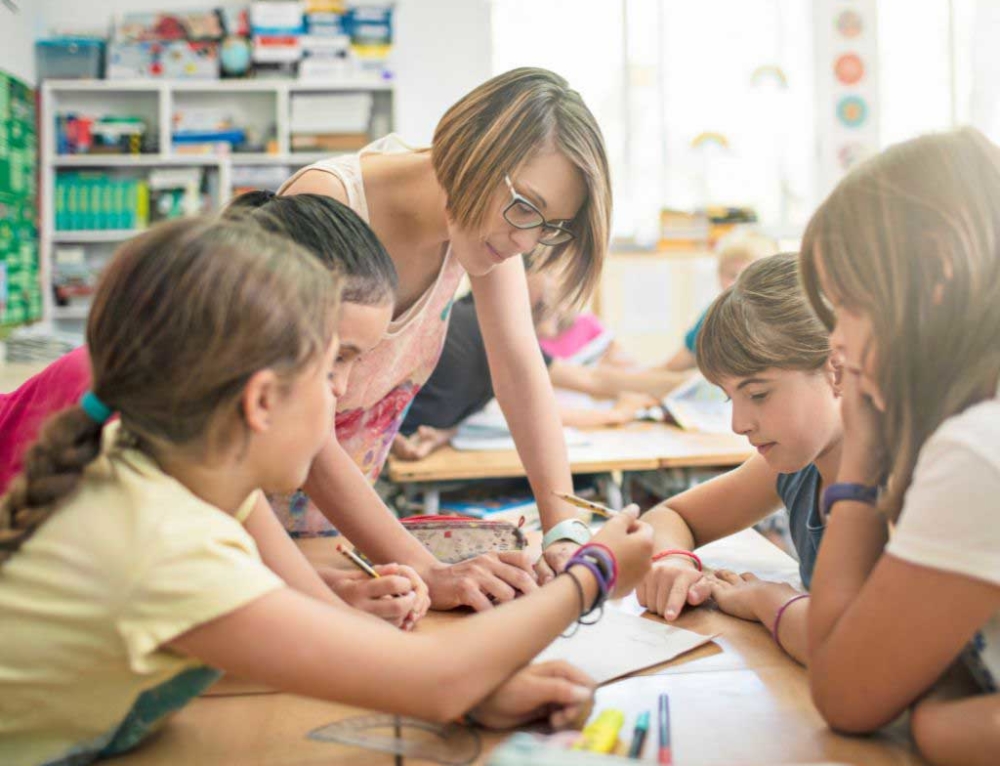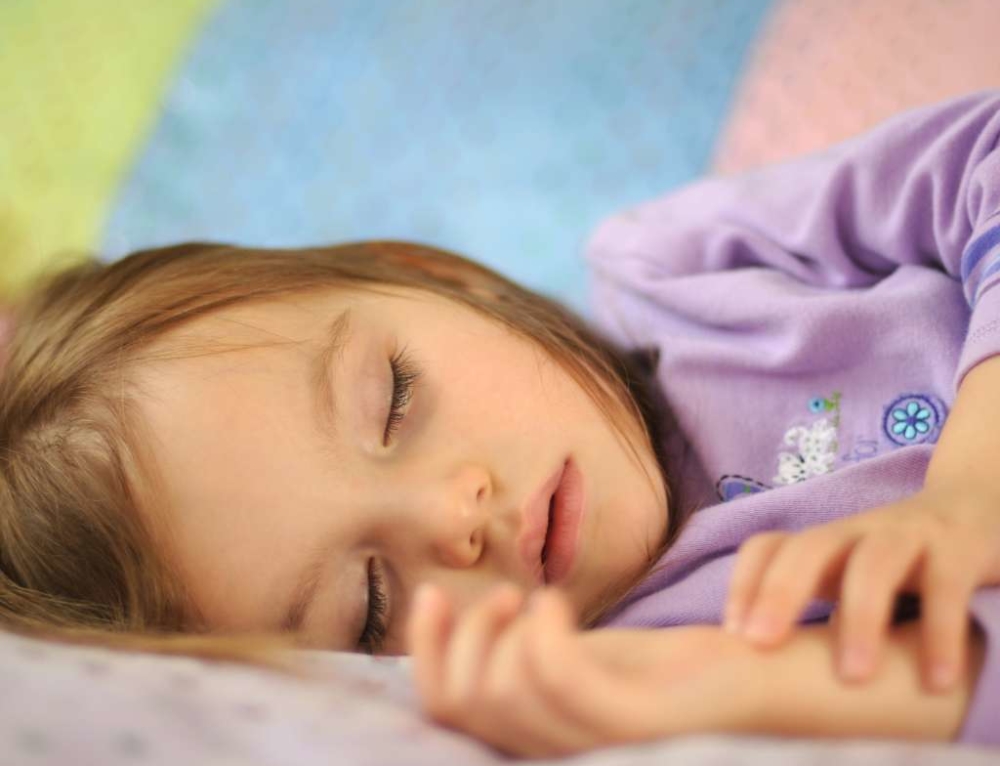Chickenpox is a highly contagious virus characterised by a red, itchy rash. The virus that causes chickenpox is the same virus that causes shingles in adults.
Chickenpox is most common in kids from two to ten years old. For most children, chickenpox is a mild illness, but there’s no way to know which children will have a mild form of the illness and which children will have a severe case.
What causes chickenpox?
Chickenpox is caused by the varicella virus or varicella zoster virus. Chickenpox is highly contagious and is spread easily through coughing and sneezing in the early stages and through contact with the fluid from the broken blisters of the rash in the later stages of the illness.
Is chickenpox serious?
Chickenpox is not serious for most children, although they will likely be very miserable while the blisters are appearing and healing. However, some kids who get chickenpox can develop pneumonia, encephalitis, or a bacterial infection of the skin. Adults who have had chickenpox as children can experience a painful reactivation of the virus called shingles. Rarely, complications of a chickenpox infection can be fatal. Most people who have chickenpox experience some scarring from the pox, especially if they have been scratched.
Chickenpox is serious for people who are pregnant or who have reduced immunity.
Can I prevent chickenpox?
It’s sometimes hard to know when your child has been exposed to chickenpox because other children are contagious 1 to 2 days before the blisters develop.
Chickenpox can be prevented through a childhood vaccination given when your child is aged 15 months. In New Zealand this vaccination is free. It is also free for children turning 11 years of age who have never been infected with or previously immunised against chickenpox*. Anyone who does not have immunity to the virus due to prior exposure should be vaccinated. Avoid other children who have chickenpox if your child has not been vaccinated.
How do I know if my child has chickenpox?
It can take up to three weeks after exposure for your child to show symptoms of chickenpox. Initial symptoms include a fever, runny nose, and a general feeling of being unwell along with aches and pains. Three to four days after the first symptoms appear, your child will start to develop a rash. The rash usually starts on the torso and may spread across his entire body. While some kids get just a few spots, others are covered from head to toe, including particularly tender places like the bottom, eyes, scalp and mouth. Adults will generally have chickenpox for 3-7 days and children are usually ill for about 5-10 days.
How do I treat chickenpox?
Children react in a variety of ways to chickenpox. Some kids seem unaffected by the illness, but others are completely miserable until the itchy rash goes away. There’s not much you can do but keep your child as comfortable as possible until the illness has run its course. Try putting Calomine lotion on the spots to ease itching, or give your child oatmeal or baking soda baths. Use paracetamol for fever. Keep your child from scratching to avoid scarring. You can put mittens on very young children to avoid scratching – trim your child’s fingernails and ensure they wash there hands often to prevent the rash becoming infected if they were to scratch.
Your child will be contagious for about two days before spots appear and about a week after they appear as long as they are scabbed over. So, keep him away from other kids or anyone who has not had chickenpox or been vaccinated during that time.
Should I call the doctor?
Call your child’s doctor right away if they:
- have a very high fever
- trouble breathing
- is vomiting a lot
- appear lethargic, confused or very sleepy
- have infected blisters
- have a stiff neck
- are sensitive to light
- convulsions
If you are unsure what to do, call Healthline on 0800 611 116.
*Source: Ministry of Health







Leave A Comment
You must be logged in to post a comment.